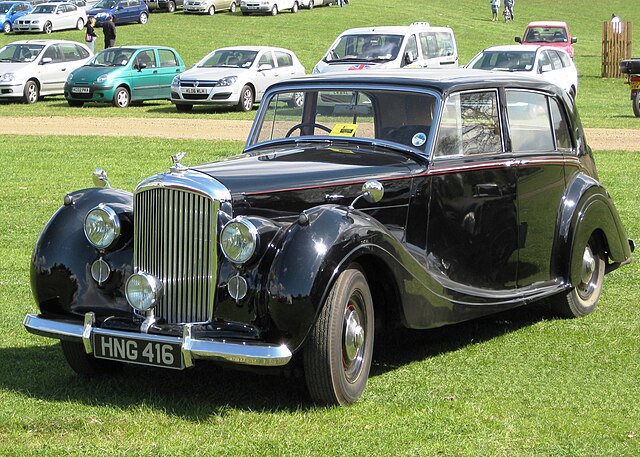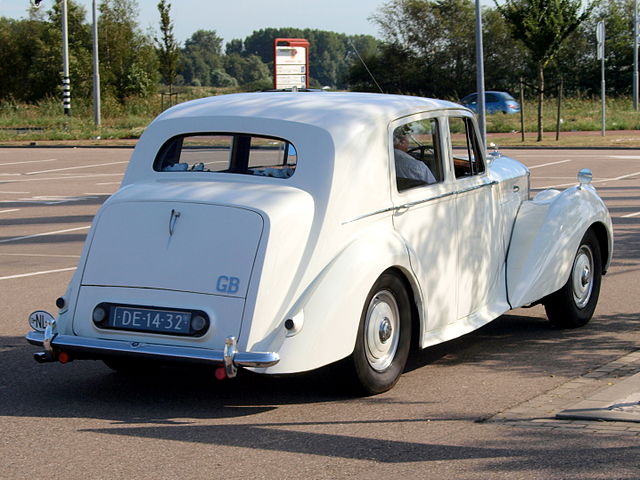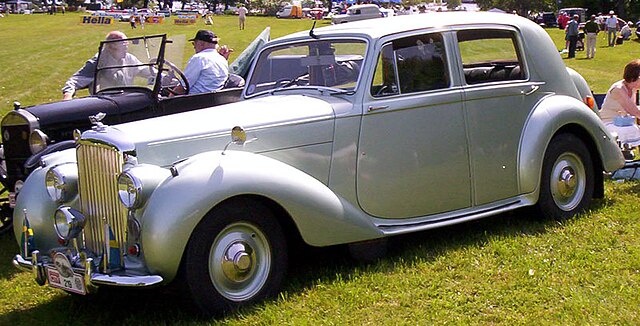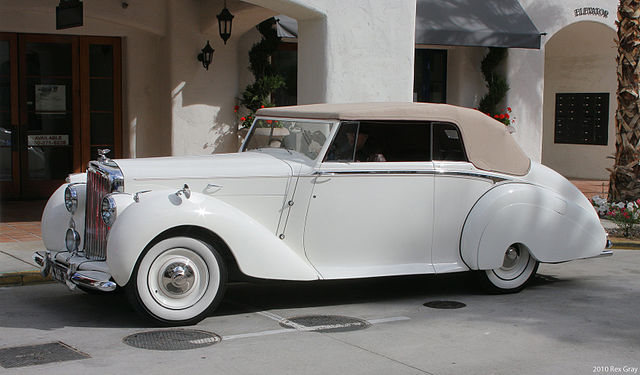
The Bentley Mark VI, produced from 1946 to 1952, stands as a monumental achievement in British automotive history. As Bentley’s first post-war luxury model, the Mark VI set new standards in car design and craftsmanship, integrating pre-war grandeur with modern advancements.
This detailed exploration of the Bentley Mark VI covers its design, performance, innovations, historical context, and lasting legacy.
Introduction to the Bentley Mark VI

The Bentley Mark VI was introduced in 1946, marking a significant milestone for Bentley Motors as their first car manufactured entirely in-house. Unlike previous models, which featured chassis built by Bentley with bodies constructed by external coachbuilders, the Mark VI offered a complete package.
This shift was pivotal, establishing Bentley’s post-war identity and reinforcing its reputation for quality and luxury.
Design and Style
The Mark VI featured a steel body produced by Pressed Steel Company, which was then finished by Bentley at their own factory in Crewe, England. This standard steel saloon body, known as the Standard Steel Sports Saloon, was a first for Bentley, which had traditionally relied on bespoke bodies.
The design was both elegant and functional, with a rounded, flowing form that was ahead of its time, anticipating the sleek lines of later luxury vehicles.
Performance and Engineering
At the heart of the Mark VI was a robust 4.25-litre F-head straight-six engine, later upgraded to a 4.5-litre version in 1951. This engine was notable for its power and reliability, equipped with an aluminum cylinder head and dual SU carburetors.
The Mark VI also introduced independent front suspension, a significant upgrade that improved handling and ride quality, ensuring a comfortable driving experience that was unparalleled in its era.
Innovations and Features

The Bentley Mark VI was not only about luxury and style; it also introduced several technological innovations that set it apart from its contemporaries. These features underscored Bentley’s commitment to combining performance with luxury.
Technological Advances
The Mark VI debuted with an advanced chassis design, incorporating independent front suspension using coil springs—a novelty for Bentley at the time, which provided superior comfort and handling. The car also featured a synchronized four-speed manual transmission, enhancing the driving experience with smoother gear shifts.
Interior Luxuries
The interior of the Mark VI exuded luxury, lined with fine leather and high-quality wood veneers. It included an advanced heating system for its time, electrically operated windows, and a sliding sunroof, offering a level of comfort that was rare for cars in the immediate post-war period. The attention to detail in the craftsmanship of the dashboard and fittings reflected Bentley’s commitment to luxury.
Customization
While the Standard Steel Sports Saloon was the norm, Bentley continued to offer custom coachbuilt versions through renowned designers like H.J. Mulliner, Park Ward, and others. These bespoke models allowed for personalization in body shape, interior layout, and luxurious additions, catering to the elite clientele who sought exclusivity and individuality.
Historical Context

The launch of the Mark VI came at a crucial time in British history. Post-World War II, the country was in recovery mode, and luxury items were scarce. The introduction of the Mark VI symbolized a return to craftsmanship and luxury in the British automotive industry, signaling economic recovery and technological progress.
Post-War Luxury Market
In the post-war era, demand for luxury goods, including cars, began to rise as economies recovered and prosperity increased. The Mark VI met this demand by offering a blend of traditional Bentley luxury with contemporary comforts and performance.
Export and International Success
The Mark VI also played a pivotal role in Bentley’s strategy to boost exports. A significant portion of the production was aimed at foreign markets, especially the United States, helping to establish Bentley as a global luxury brand.
Legacy and Collectibility

Today, the Bentley Mark VI is celebrated as a classic. Its blend of style, performance, and luxury continues to attract collectors and enthusiasts around the world.
Enduring Appeal
The timeless design and superior craftsmanship of the Mark VI have ensured its continued appeal among classic car enthusiasts. Its presence in vintage car rallies and classic shows underscores its enduring legacy.
Market Value
As a collector’s item, the Mark VI holds significant value, which can vary widely depending on the car’s condition, provenance, and whether it has a standard or custom coachbuilt body. Well-maintained examples with documented histories often fetch high prices in auctions and private sales.
Influence on Future Models
The Mark VI set a template for future Bentley models, influencing the design and technology of subsequent releases like the Bentley R-Type. Its success helped cement Bentley’s reputation in the luxury car market, paving the way for future innovations.
Conclusion
The Bentley Mark VI is more than just a car; it is a piece of automotive history that exemplifies the best of British luxury and engineering. From its introduction in the challenging post-war period to its status as a cherished classic today, the Mark VI remains a symbol of quality and elegance in the automotive world.
